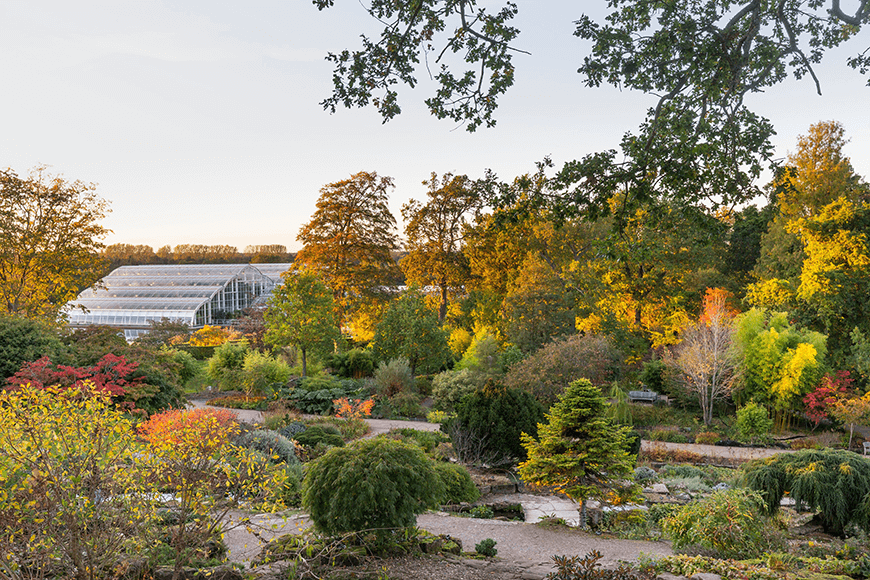Search

Gardening
With the days growing shorter, and colder months setting in, we start to retreat from the outside world. Maintaining and protecting the garden from the harsher months to enjoy year-round remains a priority for some. That’s why we’ve enlisted the expertise of RHS Garden Wisley and the Royal Horticultural Society’s Chief Horticulturist, Guy Barter, to bring you the best advice for maintaining and making the most of your garden this Autumn and Winter.
1. Plant new trees, shrubs and fruit bushes while the soil remains warm and not too wet – with luck they will grow some roots before deep winter to help them ride out dry periods with less watering next spring.
2. Add new water butts where space allows and clean gutters – we have had a wet summer but may not be so lucky next year.
3. Finish planting bulbs, leaving tulips to last as they prefer later planting. No bulb gives its best if planted after November, but fair results can be obtained until March.
4. Clear away spent vegetation to the compost bins and make an enclosure in which to collect leaves for leaf mould, an invaluable and free peat substitute.
5. Finish pruning evergreen hedges now that the bird nesting season is over. They will regrow to a nice mossy finish before winter stops growth. Leave any with berries however until late winter, pyracantha and holly for example, to feed birds.
6. Mulch borders to prevent over- wintering weeds with bark, woodchip or very well-rotted compost.
7. The time for lawn seeding has passed but unless the soil is soggy turf can be laid all winter and be usable by next summer.
8. Nest and bat boxes can be put up ready for spring, and existing used ones cleaned. Hedgehogs will be ready for hibernation soon so gardeners thinking of installing a hibernation box had better hurry!
9. After deep frosts last winter and many plant losses, protect survivors and replacements by bringing them indoors or wrapping in hessian and straw, roofed with reused bubble wrap.
10. Until the soil becomes too wet, lift and divide congested perennials. Just retain the vigorous young portions on the edge of the clump, planting fist size sections, composting the rest.
To find out more about RHS Wisley, or more gardening advice, click here to visit their website.
More Articles